Throughout history cats have been companions but their significance in our lives is expanding. These independent loving animals are now being acknowledged for their value serving as emotional support companions (ESAs) and taking part in therapeutic interventions. The calming presence of a cat can ease stress, anxiety, and sadness offering a subtle source of emotional solace.
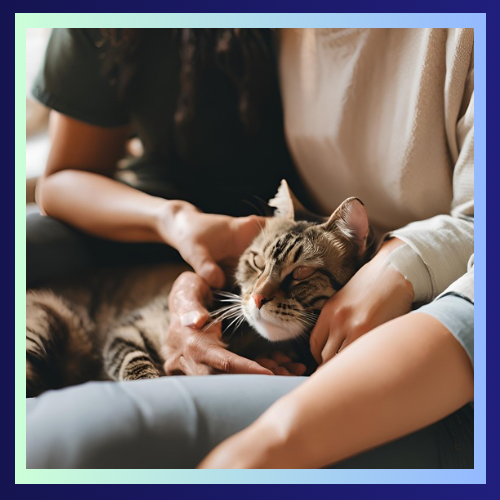
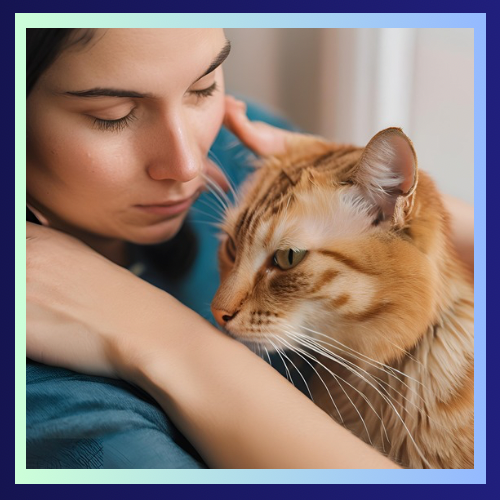
The Healing Influence of Cats
Cats possess an ability to perceive emotions often providing solace without the need for words. Their purring is more than a sound; it has a soothing effect on humans. The frequency of a cats purr—ranging from 20 to 140 Hz—has been demonstrated to have benefits, like reducing blood pressure alleviating stress and even aiding in bone healing.
For those dealing with anxiety or depression the companionship of a cat can bring stability. Engaging in the routine of feeding, grooming, and tending to an establishes a daily regimen that can be grounding. With their demeanor cats can help calm panic attacks and alleviate anxiety symptoms. Having a cat around can help someone feel less alone providing supportive company.
The Role of Cats as Emotional Support Animals
Emotional support animals (ESAs) are pets that offer solace and encouragement to individuals dealing with emotional challenges. Unlike service animals, ESAs don’t require training for tasks. Their main purpose is to be a companion that provides comfort by being there.
To designate a cat as a support animal, a licensed mental health professional must issue a letter confirming that the individual has an emotional condition and that the cat offers therapeutic benefits. This certification enables individuals to keep their friend in housing where pets are typically not allowed and to bring them on flights under guidelines.
Though the process of certifying a cat as an ESA is straightforward the impact on an individuals life can be profound. Those with PTSD, anxiety disorders, or depression often discover that their ESA cat helps them cope with their symptoms. The relationship, between the feline companion and their owner serves as a source of solace providing reassurance during times.
In situations cats are included in therapy sessions as part of animal assisted therapy (AAT).This type of therapy involves the patient interacting with an animal while guided by a therapist. Cats are known to be quite effective in this context due to their demeanor and ability to create an atmosphere.
Animal assisted therapy (AAT) with cats can aid patients in improving skills, managing anxiety, and fostering trust. For children especially those facing autism or social anxiety challenges engaging with a cat during therapy offers a invaluable opportunity to practice communication and express emotions. Cats also offer solace to individuals coping with trauma offering them a sense of security and support.
Therapists who integrate cats into their sessions often observe that the presence of these companions makes the therapeutic journey more accessible for patients. The company of a cat can act as a conversation starter assisting patients in relaxing and sharing openly.

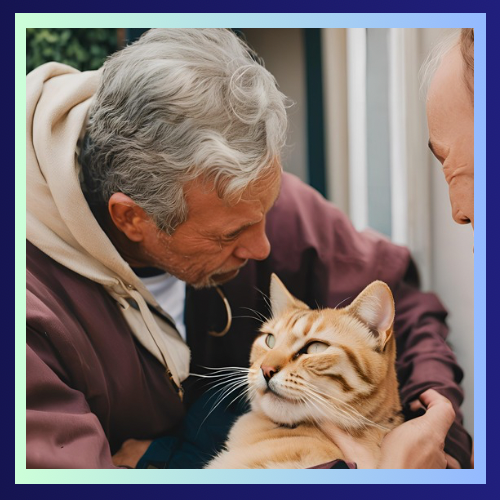
Tales of Recovery: How Cats Influence Lives
Numerous anecdotes highlight how peoples lives have been positively impacted by their cats. One such account revolves around Sarah, a woman grappling with anxiety. Upon adopting Luna the cat Sarah noticed a decrease, in her anxiety episodes. Lunas soothing presence helped Sarah navigate her routines by providing comfort and stability.
Another poignant story features John, a veteran dealing with PTSD. After John came home he struggled to readjust to life. His cat, Shadow became his rock offering the support he needed to cope with his symptoms. The bond, between John and Shadow deepened over time aiding John in finding a sense of normality
These anecdotes highlight how significant the influence of cats can be on well being. Be as Emotional Support Animals (ESAs) or as companions in therapy sessions cats provide a kind of assistance that can truly transform lives.
Interesting Tidbits About Cats as Emotional Support Animals
Purring: The vibrations from a cats purring not just soothe but also have been found to aid in the recovery of bones and tissues.
Low Maintenance Companions: Cats are relatively easy to care for compared to other pets making them an excellent choice for individuals who may lack the energy or capacity to care for more demanding animals.
Active at Twilight: As creatures cats are most lively during dawn and dusk hours. This characteristic can be reassuring for individuals who experience heightened anxiety at night.
Masters of Communication: Cats utilize cues to interact with their owners each sound carrying its own distinct message. From the meow, to the comforting purr these sounds can bring solace and a feeling of connection.
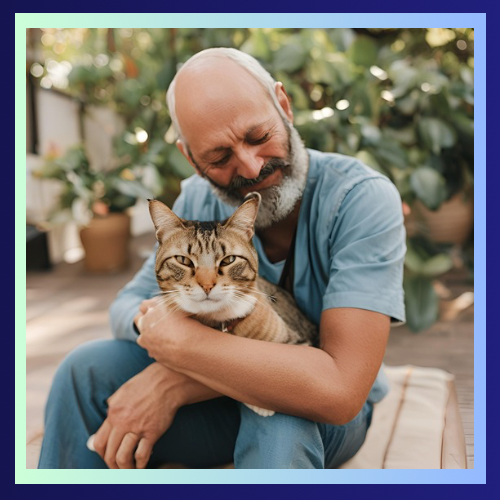

Special Qualities of Cats as Therapy Companions
Natural Empathy: Cats possess an ability to perceive when their caregivers are distressed. Many felines respond by snuggling up providing reassurance.
Soothing Presence: Petting a cat can trigger the release of oxytocin a hormone linked to bonding and stress reduction.
Balancing Independence and Affection: While cats are known for their self reliance they also develop attachments with their humans. This blend makes them well suited for individuals seeking support, without engagement.

References
1.How Animals Affect Us. https://digitalscholarship.unlv.edu/cgi/viewcontent.cgi?article=5722&context=thesesdissertations
2.Animal-Assisted Therapy in Counseling. https://givingindependence.org/wp-content/uploads/2018/03/AAT-book.pdf
3.The Role of Pets in Enhancing Human Well-Being: Physiological Effects. https://www.ncbi.nlm.nih.gov/pmc/articles/PMC10262044/
4.The State of Animal-Assisted Interventions: Addressing the Contemporary Issues That Will Shape the Future. https://www.ncbi.nlm.nih.gov/pmc/articles/PMC6843928/
5.Animal-Assisted Interventions in Mental Health: Definitions and Theoretical Foundations. In Handbook on Animal-Assisted Therapy. https://psycnet.apa.org/record/2013-32936-003
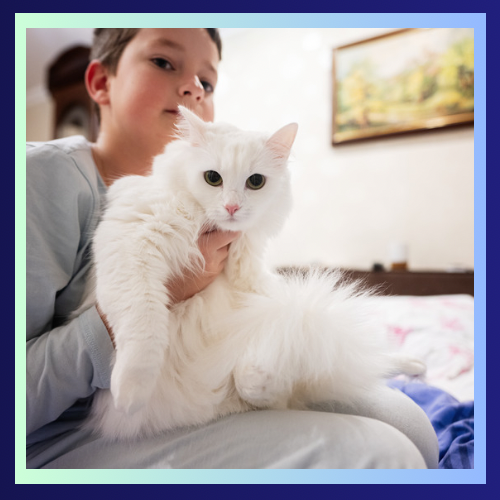


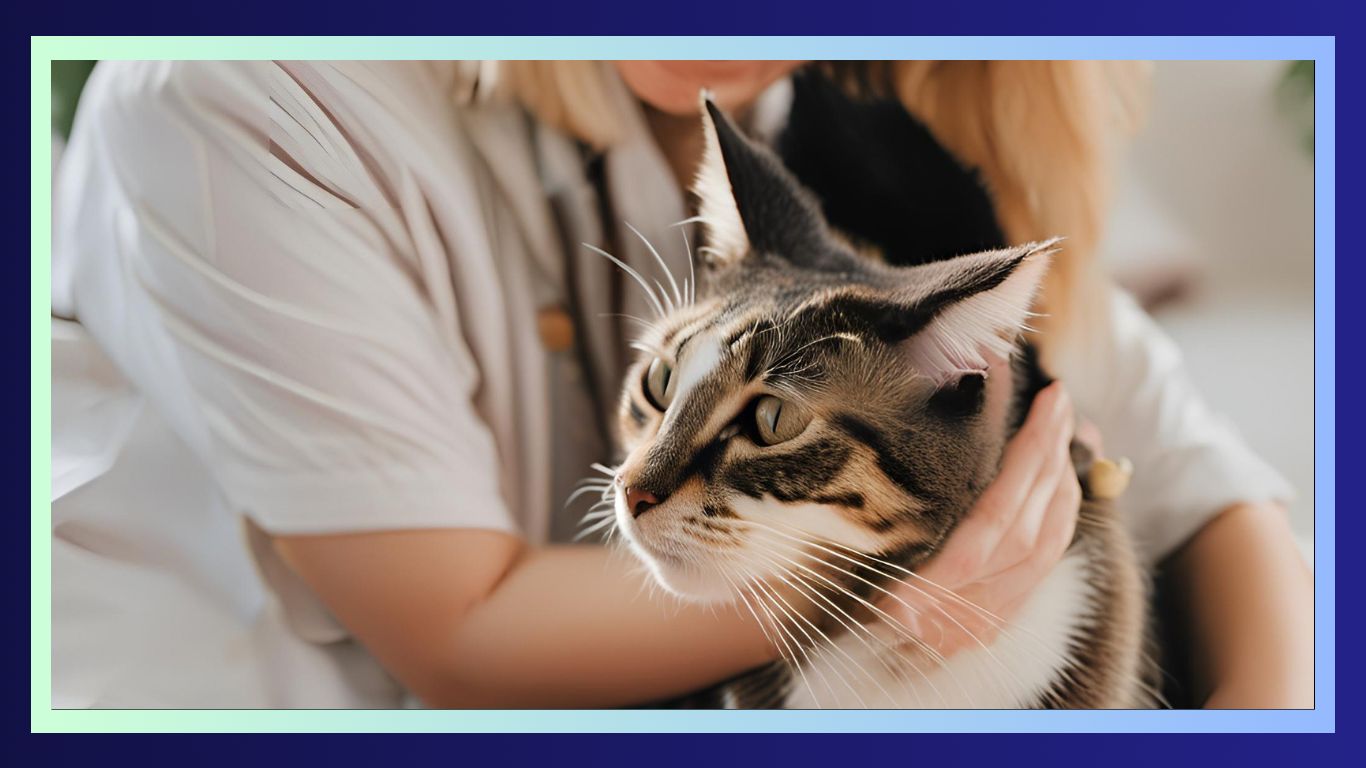


Your article helped me a lot, is there any more related content? Thanks!
Thanks for sharing. I read many of your blog posts, cool, your blog is very good.
Thanks for sharing. I read many of your blog posts, cool, your blog is very good.
Thanks for sharing. I read many of your blog posts, cool, your blog is very good.
Thanks for sharing. I read many of your blog posts, cool, your blog is very good.
Thanks for sharing. I read many of your blog posts, cool, your blog is very good.
Thanks for sharing. I read many of your blog posts, cool, your blog is very good.